
Wear This Now
¥73.58
Stop Wondering What to Wear and Wear. This… Now. That first date, job interview or dinner with your future in-laws may be stressful, but figuring out what to wear for it shouldn’t be. And thanks to style expert Michelle Madhok and the editors of SHEfinds.com, it isn’t. Members of the team behind SHEfinds.com make a living putting the perfect outfit together (at the right price), and they’ve taken the guesswork out of getting dressed. From basic essentials to special events, learn how to build a foolproof wardrobe―without breaking the bank―and look stylish for every season, every occasion, every single day of the year. Get the inside scoop on: Designer deals and steals, When to invest and when to spend less, The essentials for every season, S.O.S. for any (and every) style conundrum, Navigating the sales racks―and seasons!―like a pro
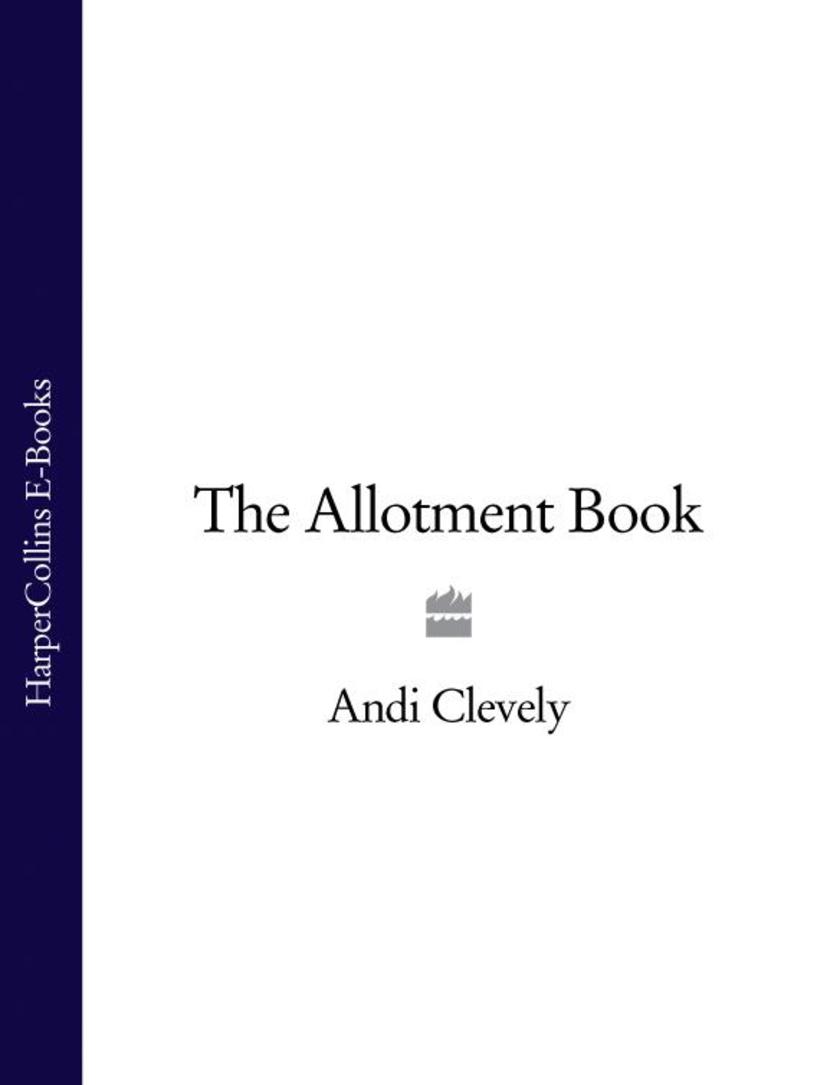
The Allotment Book
¥110.46
A wonderfully illustrated celebration of the blood, sweat and joy to be had ‘growing your own’ in an allotment – with the in-depth, practical gardening know-how for which Collins is renowned. No longer considered the preserve of old men in sheds, allotment gardening is currently enjoying a renaissance of interest. People of all ages and from all walks of life are digging their own plots in search of the ultimate in fresh, organic produce – and you cannot get more locally-sourced than your own allotment! This book testifies to the vibrancy of allotment culture, aiming both to inspire the next generation of plot-holders and to provide all the practical knowledge needed to turn a patch of soil into a lifelong adventure. Open to all the eco-gardening techniques, and the various weird and wonderful ways people make use of their plots, contents include: ? the history of allotments – from 19th century origins, through wartime ‘Dig for Victory’, to the cosmopolitan communities of today; features photos and interviews with current plot-holders ? planning your perfect allotment – finding it, assessing it, clearing the ground and working out what to grow ? the brown stuff – all you need to know about soil management, the key to growing success ? choosing a gardening method – organic, biodynamic, rotation beds, companion planting, greenhouse, multi-level, potager, cottage garden, and so on… ? the hard stuff – constructing sheds, compost bins, cold frames, fruit cages, ponds, seating and play areas ? selecting crops – what and how to grow, from parsnips and peas to chilli peppers and lemon grass ? cultivation techniques – digging, sowing, feeding, weeding and harvesting, plus troubleshooting pests and diseases ? the allotment calendar – extensive, month-by-month look at what’s in season, jobs for now and looking ahead

The Garden in the Clouds: From Derelict Smallholding to Mountain Paradise
¥66.22
A warm, witty memoir of one man’s escape from the city in an unlikely quest to create out of a mountainous Welsh landscape a garden fit for inclusion in the prestigious Yellow Book – the ‘Gardens of England and Wales Open for Charity’ guide – in just one year. It was a derelict smallholding so high up in the Black Mountains of Wales it was routinely lost in cloud. But to Antony Woodward, Tair-Ffynnon was the most beautiful place in the world. Equally ill-at-ease in town and country after too long in London’s ad-land, Woodward bought Tair-Ffynnon because he yearned to reconnect with the countryside he never felt part of as a child. But what excuse could he invent to move there permanently? The solution, he decided, was a garden. In just a year he’d create a garden so special it would be selected for the prestigious Yellow Book – the famous National Gardens Scheme guide to gardens open to the public for charity. It’s an unlikely ambition to entertain in this most unlikely of settings, and one that soon sees Woodward driven by odder and odder compulsions – from hauling a 20-tonne railway carriage up the mountain to making hay with hopelessly antiquated machinery. The path to Woodward’s elusive sense of belonging turns out to be a rocky and winding one, taking in childhood haunts, children’s books and Proustian nostalgia trips. As the family battles gales, mud and Welsh mountain sheep of marble-eyed cunning, not to mention the notoriously fastidious NGS County Organiser, it remains deeply uncertain whether the ‘Not Garden’ and the ‘infinity vegetable patch’ (that grows only stones) will ever make the grade… Warm, thought-provoking and brilliantly funny, this is a memoir of a hopeless romantic with a grandly ludicrous ambition – an ambition to which anyone who’s ever dropped into a garden centre, or opened a packet of seeds, has already succumbed.
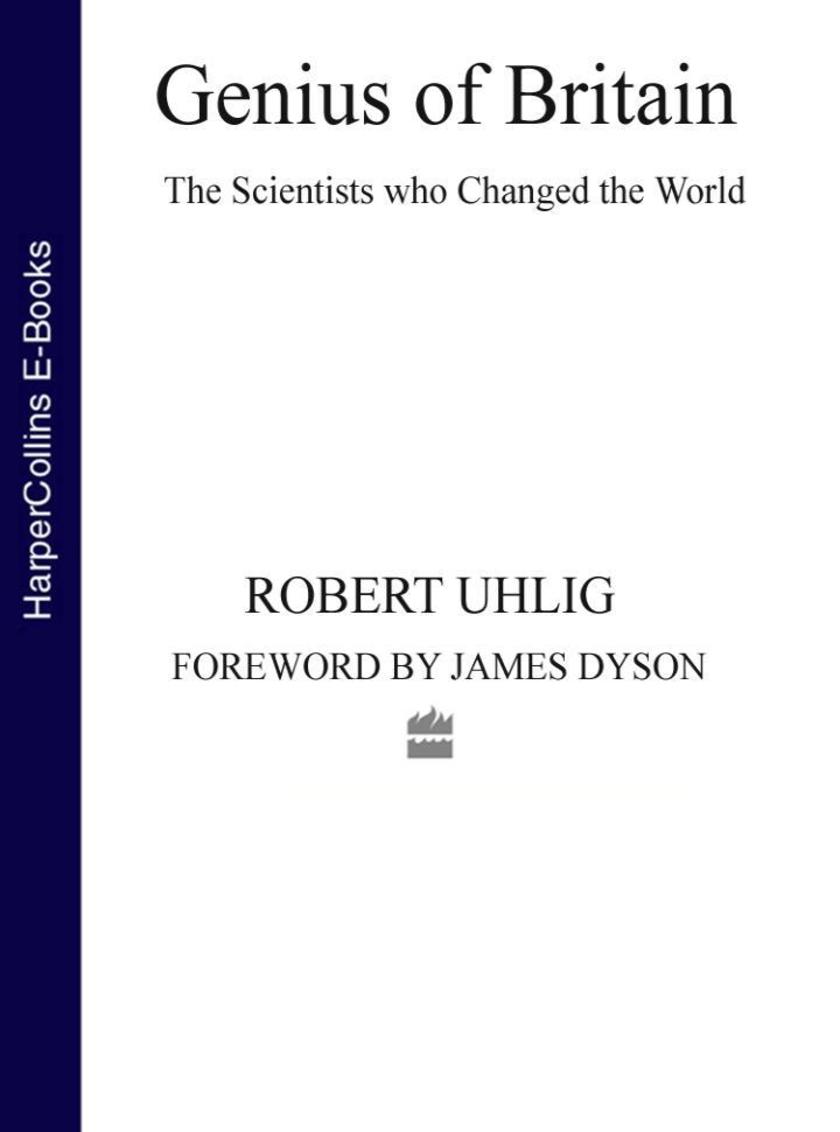
Genius of Britain (Text Only)
¥154.12
It’s one of the fundamental things that makes us human: wondering why the world is the way it is. For some of us, it is enough merely to wonder. For most, basic explanations of why and how we came to be here satisfy a casual curiosity. But for a special few – the British geniuses featured in this book – entire lives are dominated by posing questions that no one has asked before, and then finding the answers.That’s what this book is about: the lives and achievements of the Britons who discovered and decoded the mysteries of the universe. Men and women who changed our perception of ourselves and of our surroundings from a belief in mystical superstitions to rational understandings of our existence. Household names such as Isaac Newton, Charles Darwin and Michael Faraday, but also lesser-known geniuses such as J.J. Thompson, John Hunter and Fred Hoyle.This history of British science and its scientists begins in the late seventh century, when Vikings were overrunning the last vestiges of Roman culture. Only a few monks in the north-east of England were keeping scientific enquiry alive by studying and translating classical Greek and Roman philosophical works of nature, medicine, astronomy and arithmetic. But in this tiny pocket of philosophical learning the course was being set for the unimaginably rich and fascinating journeys of scientific exploration that continue to this day.
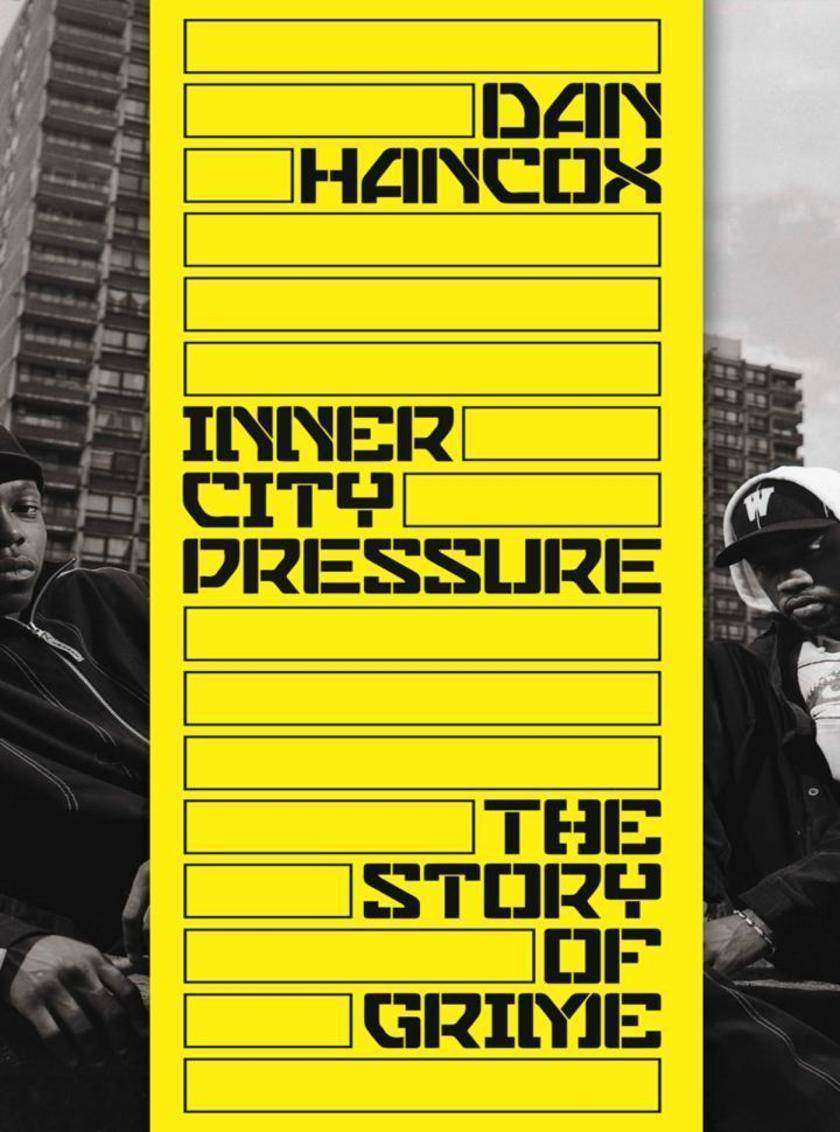
Inner City Pressure: The Story of Grime
¥147.35
Dan Hancox is a native Londoner who writes about music, politics, gentrification, social exclusion, protest and the margins of urban life, chiefly for the Guardian, but also the New York Times, Vice, The Fader, Dazed & Confused and XXL. He is the author of The Village Against the World (Verso).

The Dark Side of the Moon: The Making of the Pink Floyd Masterpiece
¥68.57
John Harris, author of ‘Britpop!: Cool Britannia and the Spectacular Demise of English Rock’, has written for Rolling Stone, Mojo, Q, Independent, NME, Select, and New Statesman. He lives in Hay on Wye, England.
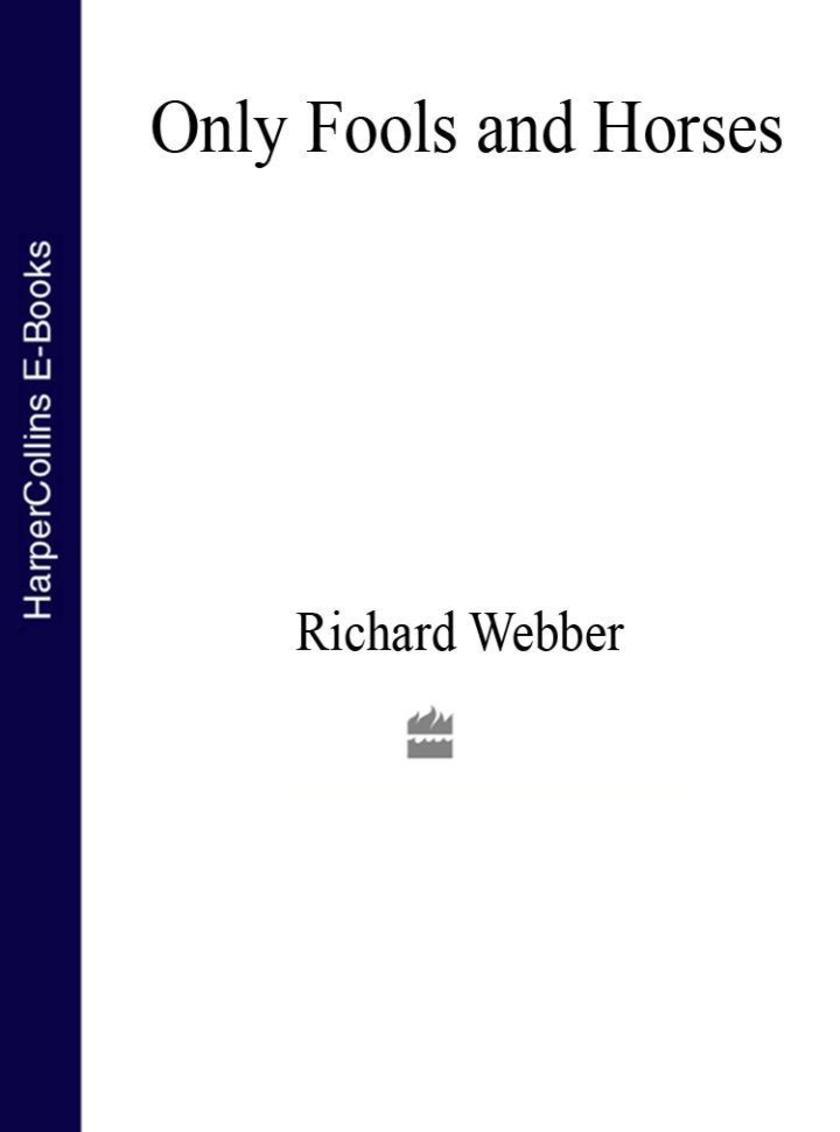
Only Fools and Horses (The Best of British Comedy)
¥50.62
Richard Webber writes regulary about TV in his job as a journalist and writer. He contributes to a host of newspapers and magazines, including TV Quick, Daily Express, Sunday Express and the Sunday Telegraph and is the author of over a dozen books celebrating classic comedy.

Oils (Collins You Can Paint)
¥44.24
Linda Birch paints in oils, watercolour and pastels and has taught amateurs for many years. She writes regularly for the Leisure Painter magazine and is author of The Indoor Artist. She has also illustrated many children’s books.
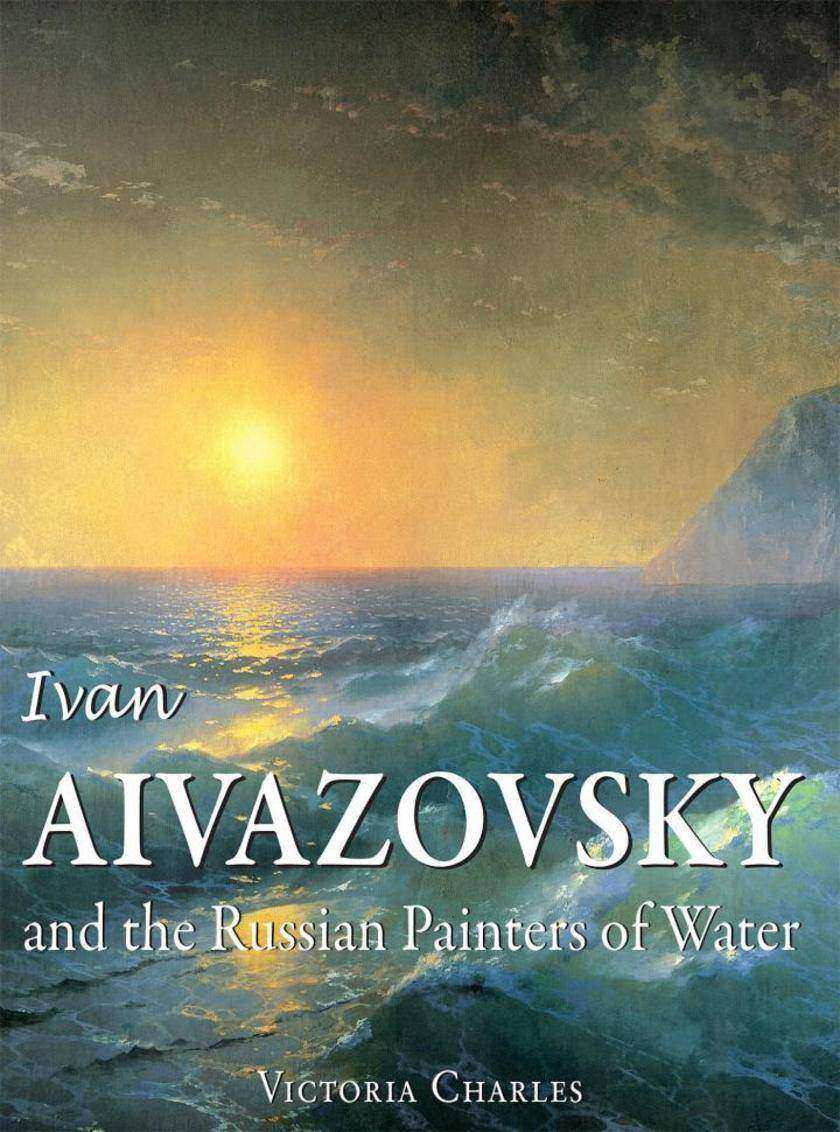
Ivan Aivazovsky and the Russian Painters of Water
¥110.28
The seascapes of Ivan Aivazovsky (1817-1900) made his name in Russia, his native country where he was a painter of the court of Nicholas I, yet his fame barely extended beyond these borders. Master of the Sublime, he made the ocean the principal subject of his work. Sometimes wild and raging, sometimes calm and peaceful, the life of the ocean is composed of as many allegories as the human condition. Like Turner, whom he knew and whose art he admired, he never painted outside in nature, nor did he make preliminary sketches; hispaintings were the fruit of his exceptional memory. With more than 6,000 canvasses, Aivazovsky was one of the most prolific painters of his time.
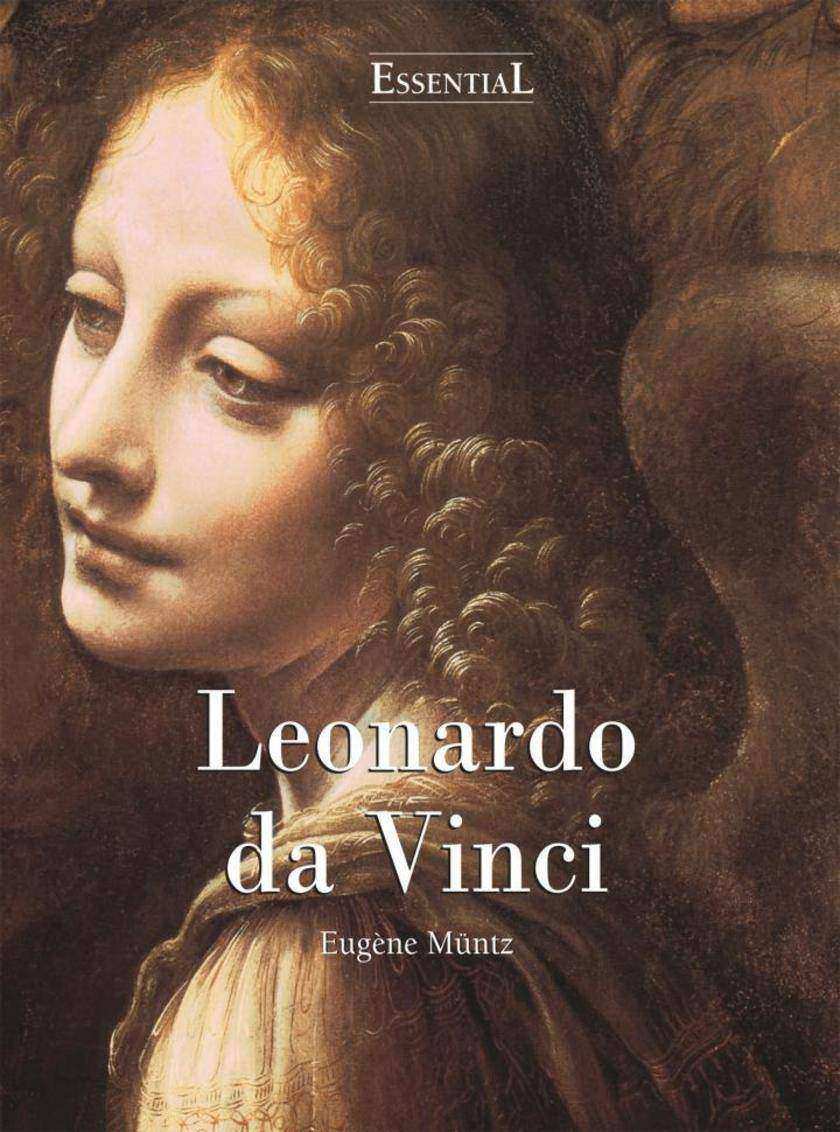
Leonardo Da Vinci - Artist, Thinker, and Man of Science
¥196.12
Not only was Leonardo da Vinci (1453-1519) an astonishing painter, but also a scientist, anatomist, sculptor, architect, musician, engineer, inventor, and more. The question is rather, what was he not? During the Italian Renaissance, he mastered the most beautiful works of art for the Medicis’ in Italy and for the King of France. He aroused admiration from his contemporaries, who depicted a universal genius, curious and virtuous. Even today, interest in da Vinci and his work does not fade; his works and writings are still studied by foremost experts hoping to decipher one of the numerous secrets of this visionary artist. The archetypal Renaissance man is here explored by the engaging prose of Eugène Müntz who narrates how Leonardo da Vinci mastered a diverse range of fields, from painting to engineering, making him one of the most brilliant minds in human history and one of the most recognised artists in modern times.
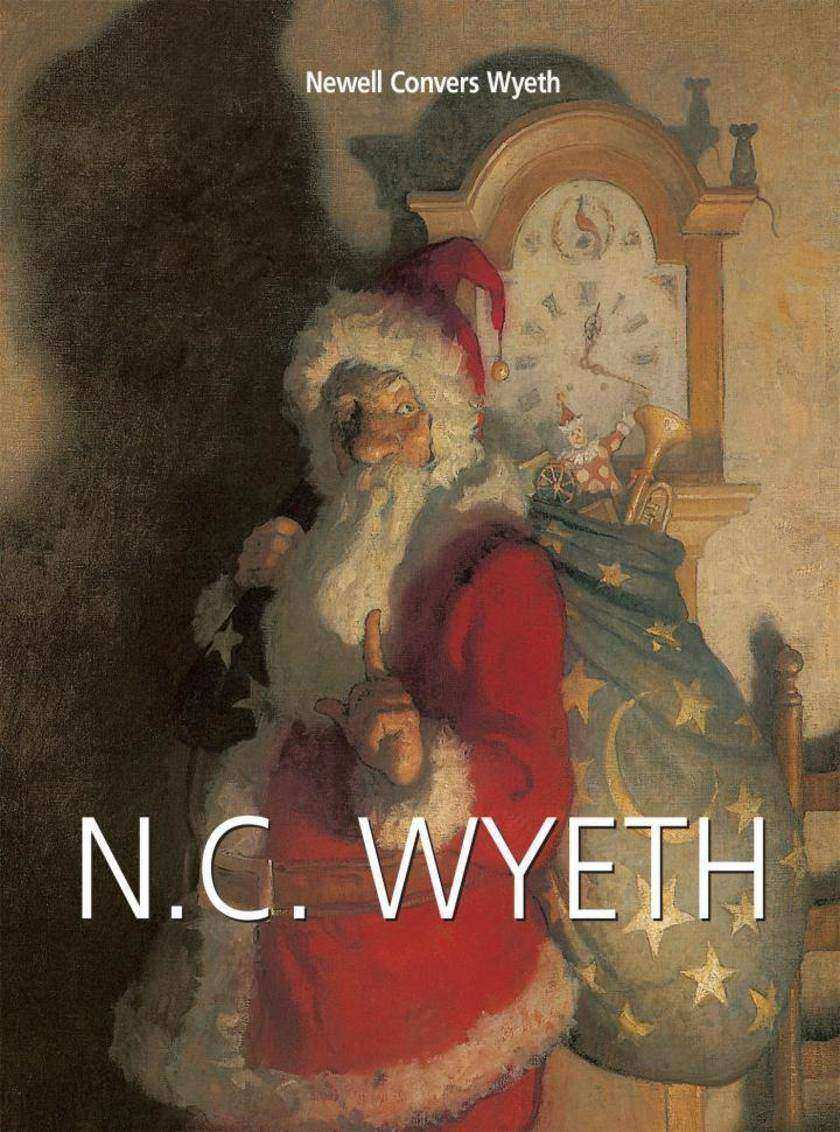
Newell Convers Wyeth
¥134.81
"Newell Convers, called N. C. Wyeth (1882-1945) has been cherished by generations of book lovers thanks to his illustrations of all-time classics such as Treasure Island, Robin Hood, and Robinson Crusoe. As one of the greatest illustrators in American history, he fashioned the way we imagine Long John Silver or Little John up to this day. In contrast to his achievements in book illustration, his painting is often overlooked. His Realist style has been carried on by his son Andrew Wyeth (1917-2009) and his grandson Jamie Wyeth (1946-). "
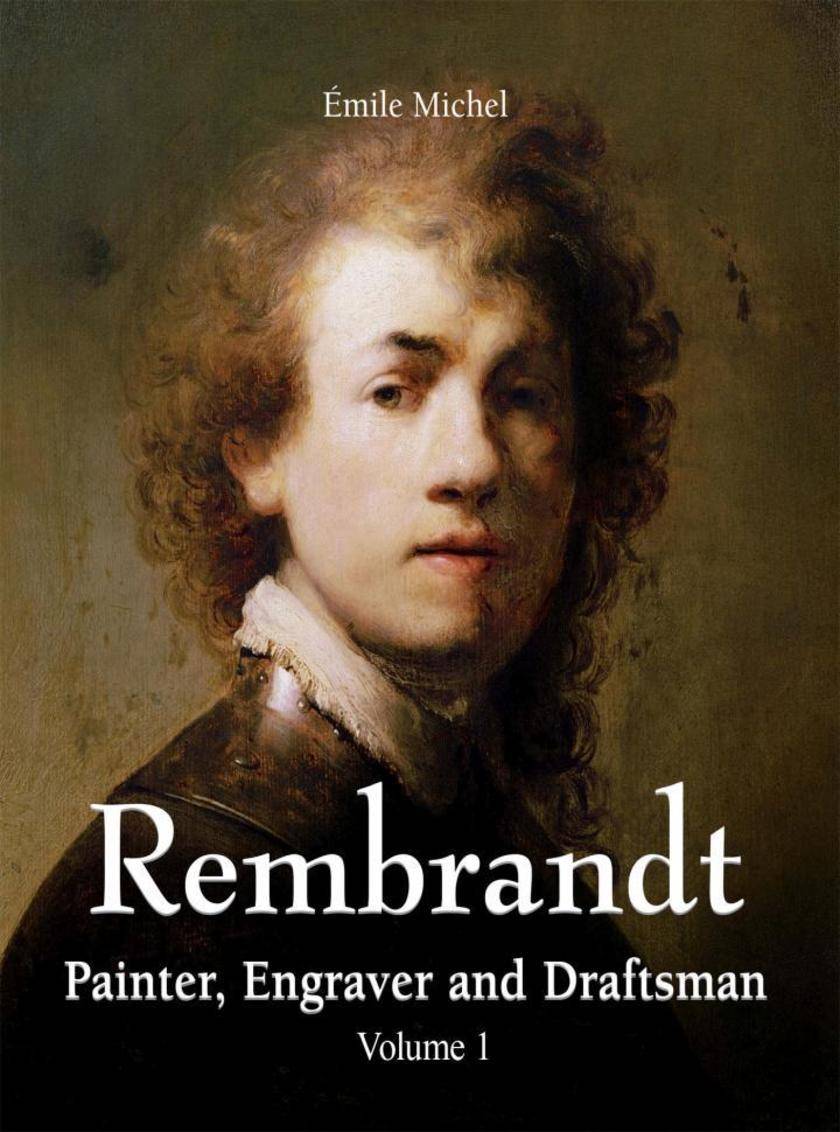
Rembrandt - Painter, Engraver and Draftsman - Volume 1
¥159.33
As famous during his lifetime as after his death, Rembrandt (1606-1669) was one of the greatest masters of the Dutch Golden Age of the 17th century. His portraits not only transport us back to that fascinating time, but also represent, above all, a human adventure; beneath every dab of paint the spirit of the model seems to stir. Yet these portraits are only the tip of the Rembrandt iceberg, which consists of over 300 canvasses, 350 engravings, and 2,000 drawings. Throughout his oeuvre, the influence of Flemish Realism is as powerful as that of Caravaggio. He applied this skilful fusion of styles to all his works, conferring biblical subjects and everyday themes alike with an unparalleled and intimate emotional power.?mile Michel remains a reference in Flemish painting. A result of years of research, Rembrandt: Painter, Engraver and Draftsman is one of his major works.

Rembrandt - Painter, Engraver and Draftsman - Volume 2
¥159.33
There is no other artist who represents the Dutch Golden Age like Rembrandt. With his realistic oil paintings, detailed engravings, and exquisite drawings he is the figurehead of an entire generation. As famous during his lifetime as after his death, Rembrandt (1606-1669) was one of the greatest masters of the Dutch Golden Age of the 17th century. His portraits not only transport us back to that fascinating time, but also represent, above all, a human adventure; beneath every dab of paint the spirit of the model seems to stir. Yet these portraits are only the tip of the Rembrandt iceberg, which consists of over 300 canvasses, 350 engravings, and 2,000 drawings. Throughout his oeuvre, the influence of Flemish Realism is as powerful as that of the Caravaggists. He applied this skillful fusion of styles to all his works, conferring biblical subjects and everyday themes alike with an unparalleled and intimate emotional power.
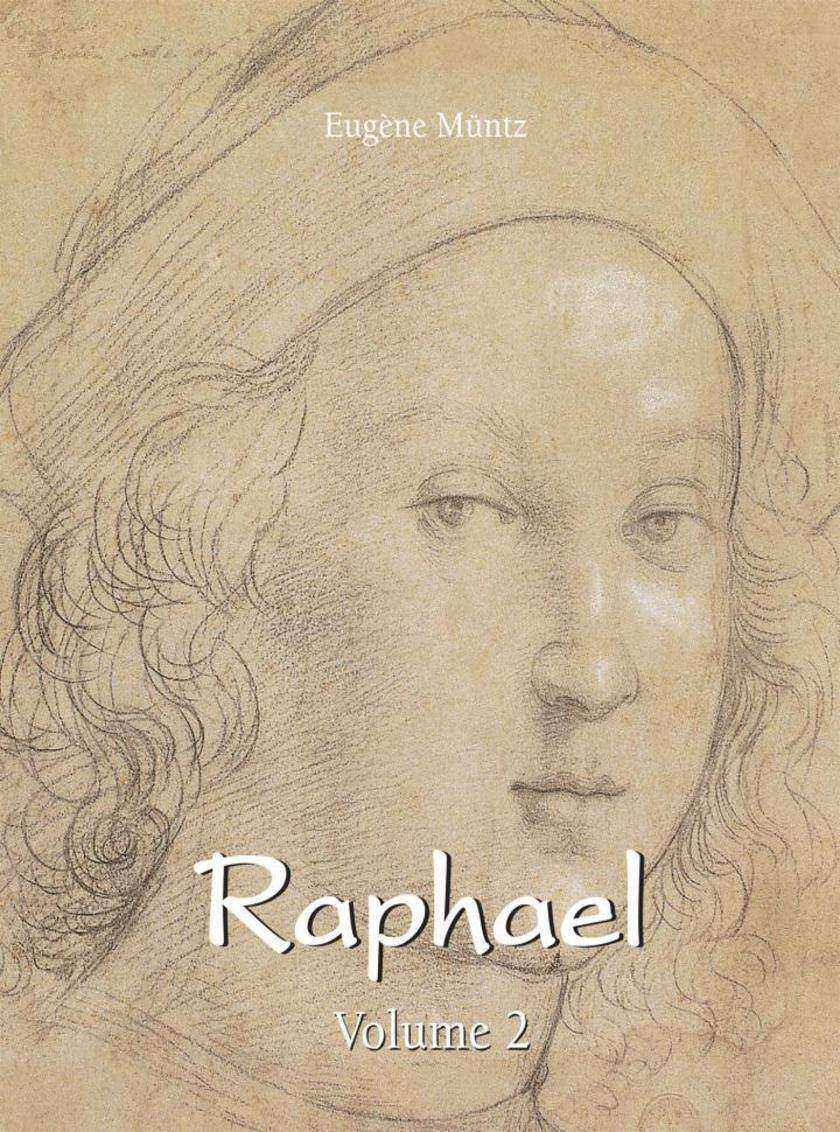
Raphael - Volume 2
¥159.33
Raphael (1483-1520), the Italian painter and architect of the High Renaissance, was a genius in and ahead of his time. Together with Michelangelo and Leonardo da Vinci, he formed the classical trinity of this era and elaborated a rich style of harmony and geometry. As one of the great masters of the Renaissance and artist to European royalty and the Papal court in Rome, his works comprise various themes of theology and philosophy, including but not limited to famous illustrations of the Madonna. His surroundings and experience gave rise to his propensity to combine the ideals of humanism with those of religion, and firmly established in him a conviction that art is a necessary medium to reveal the beauty of nature.
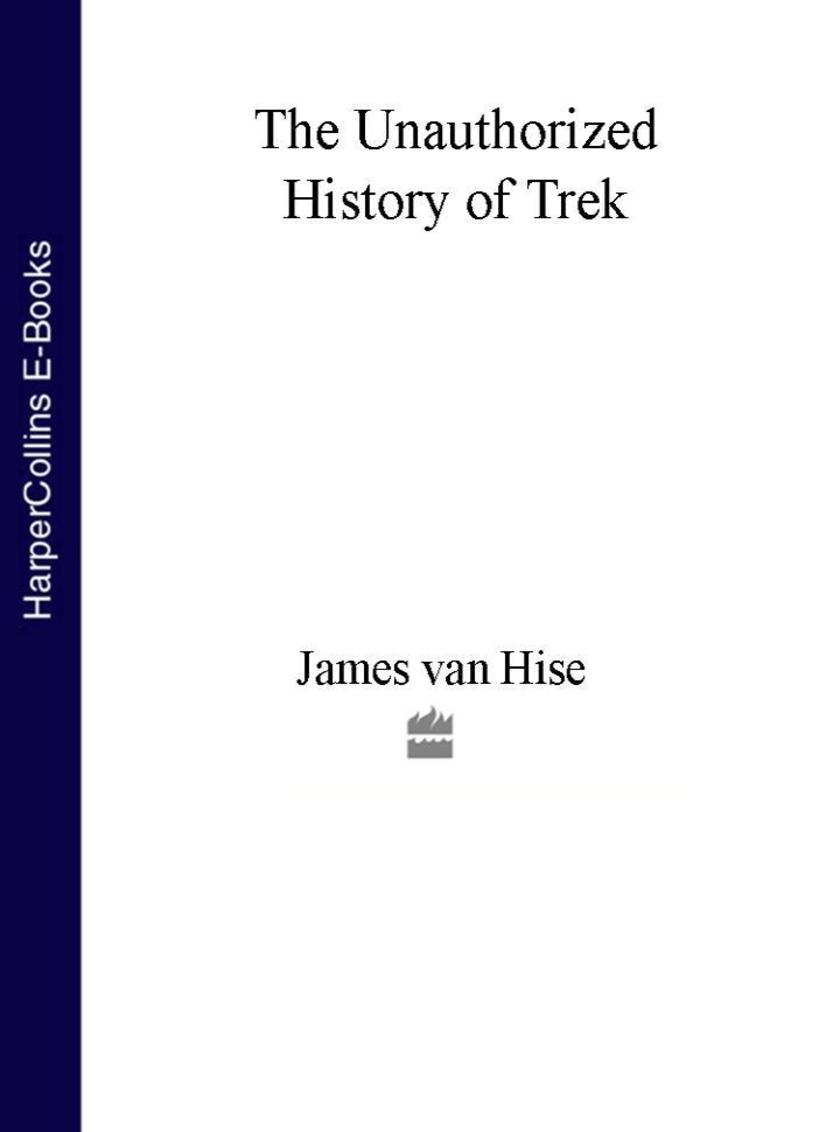
The Unauthorized History of Trek
¥46.11
Star Trek. These two simple words bring forth a vast web of mental associations to millions of people. For more than twenty-five years, a remarkable and widely varied group of characters has seemingly taken over a sizable portion of our collective consciousness and made it its own. Perhaps the late science fiction visionary Philip K. Dick saw this when he had a character in his novel A Scanner Darkly refer to the latest entertainment extravaganza as a “captainkirk.”
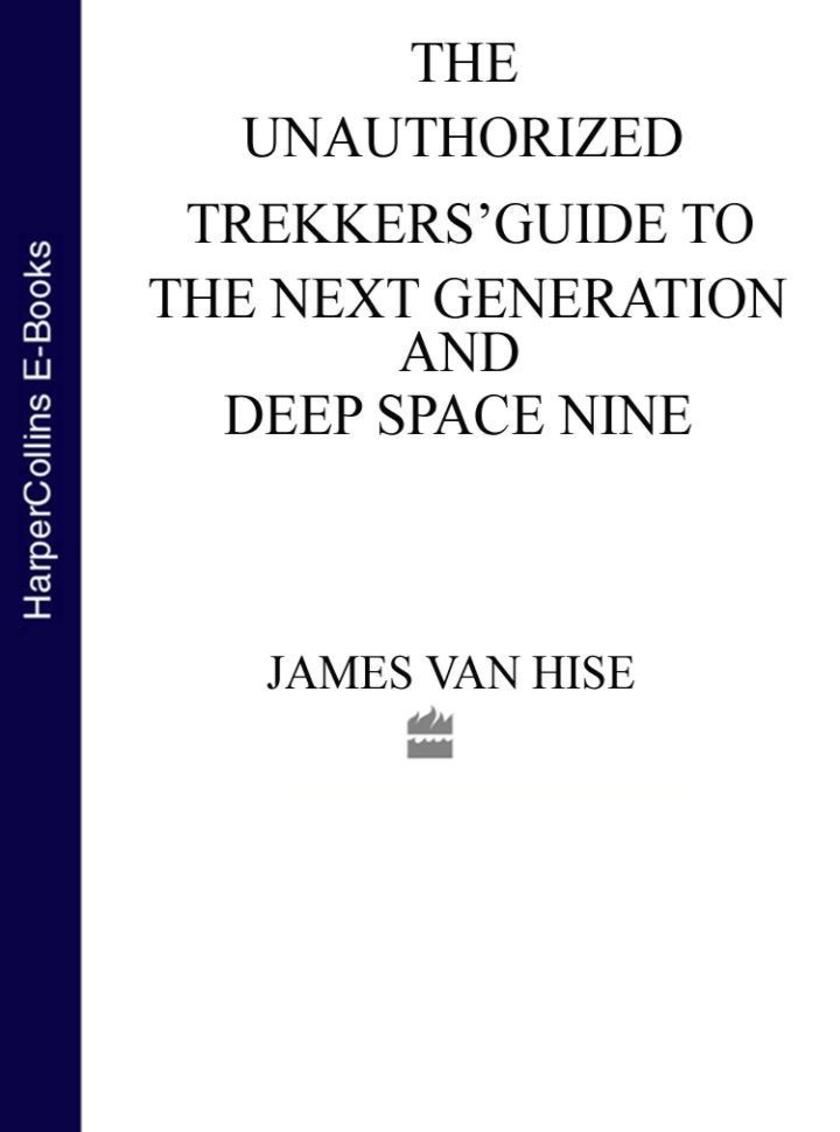
The Unauthorized Trekkers’ Guide to the Next Generation and Deep Space Nine
¥46.11
“Like Spain’s Francisco Franco, Star Trek has been fatally dead for a long time. Now and then the mortuary shoots an electric current through the corpse, and the resultant spasm releases yet another manual or quiz or convention or novel or book of fan fiction or whathaveyou, but after nearly a decade there’s little life left in the old cadaver.”

Burnt Boats
¥32.62
Burnt Boats
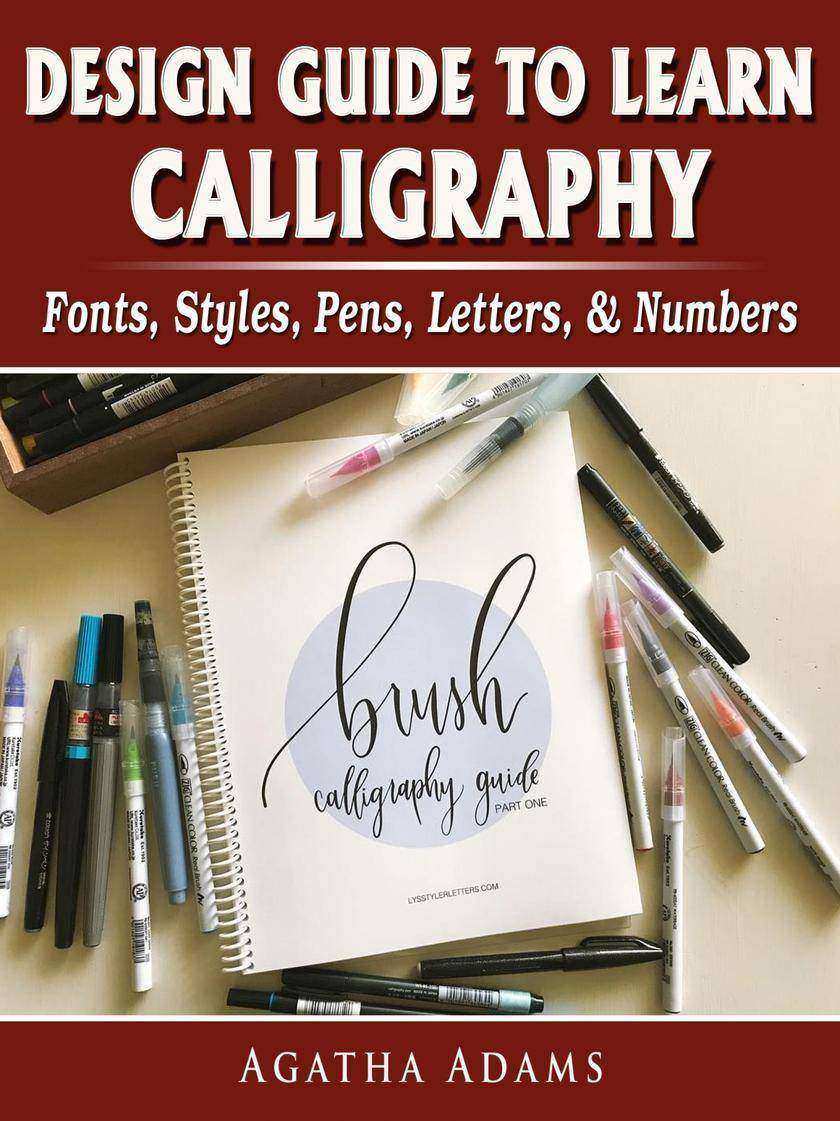
Design Guide to Learn Calligraphy: Fonts, Styles, Pens, Letters, & Numbers
¥40.79
Design Guide to Learn Calligraphy: Fonts, Styles, Pens, Letters, & Numbers

Stendhal Syndrome
¥24.44
Stendhal Syndrome

The Romance Of The Greed Card
¥12.18
The Romance Of The Greed Card

The Post Office
¥16.27
The Post Office




 购物车
购物车 个人中心
个人中心



